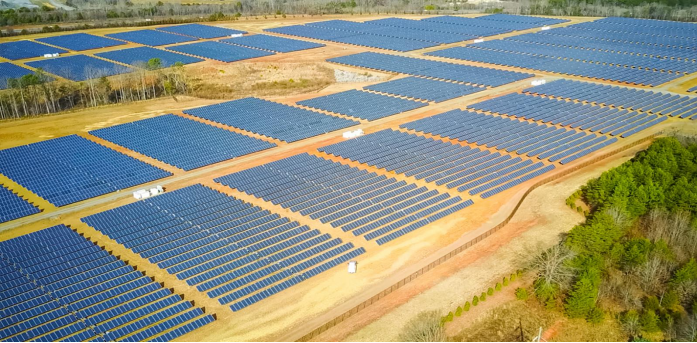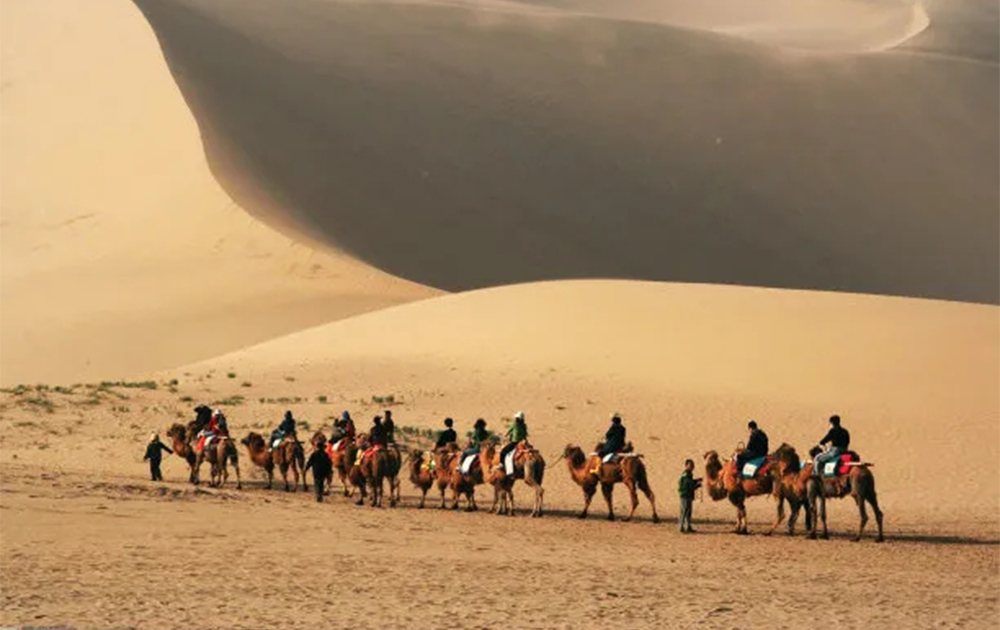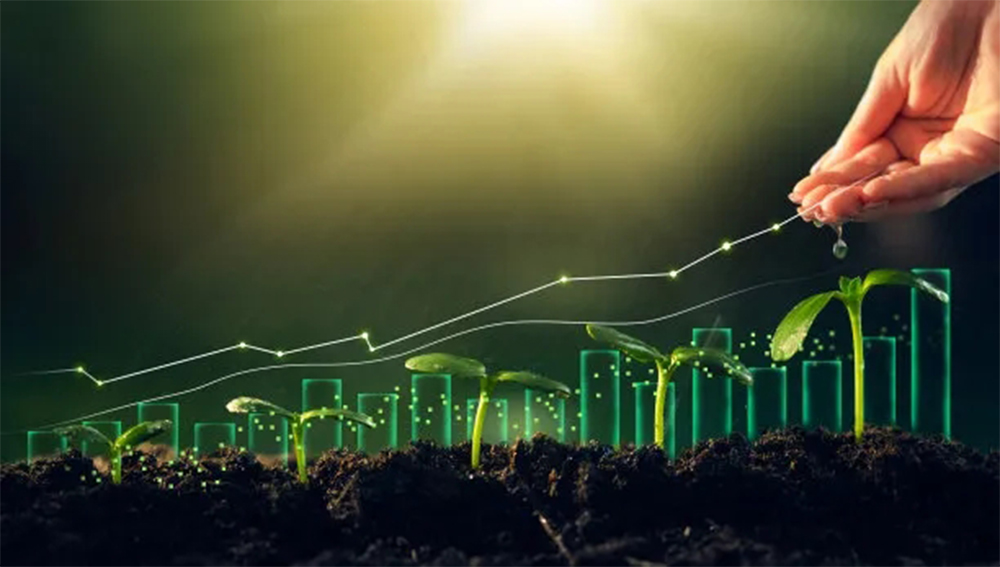Green energy storage system to build the "Belt and Road" landscape,What would you do about this?
To realize the potential of green energy storage power generation systems in the construction of the "Belt and Road", Rantop has taken the following key actions:
Research and development: Invest in research and development of major project work on photovoltaic power generation to advance green energy system technology. This includes improving the efficiency and affordability of battery storage, exploring one-stop solutions such as the configuration of inverters and industrial and commercial storage cabinets, and developing smart grid systems for optimal new energy management.
Partnerships and cooperation:Promote partnerships with international organizations, research institutions, and private sector entities to exchange knowledge, share best practices, and collaborate on joint projects related to energy systems and high-capacity battery cabinets. This will help speed up electronic technology progress and promote the deployment of storage systems along the Belt and Road.
Policy support: Implement supportive policy and regulatory frameworks to incentivize the adoption of green energy storage solutions. This could include subsidies for renewable energy projects with integrated storage, simplified licensing procedures, and market mechanisms to encourage investment in energy storage infrastructure.
Capacity building: Training and capacity building programs for local communities, engineers and policy makers in countries along the Belt and Road to improve their understanding of new energy storage technologies and their applications. This allows local stakeholders to effectively participate in the development and deployment of storage projects.
Demonstration projects: Conduct pilot and demonstration projects to demonstrate the feasibility and benefits of integrating new energy systems into Belt and Road infrastructure construction. These projects can serve as models and examples of cooperation for other regions to replicate and scale up.
Investment and financing: Mobilize the public and private sectors to invest and finance "Belt and Road" green energy storage projects. This could involve establishing dedicated financing mechanisms, tapping international sources of climate finance, and attracting private sector capital through innovative financing mechanisms such as green bonds and public-private partnerships.
By implementing these strategies, countries participating in the Belt and Road Initiative can harness the potential of green energy storage systems, enhance energy security, promote sustainability, and build a resilient and low-carbon infrastructure landscape across the region.
The design performance of the power generation system is continuously enhanced
It's inspiring to witness the global momentum toward green, low-carbon, and sustainable development, with the "Belt and Road" initiative serving as a cornerstone for international cooperation in this regard. As the world embraces the imperative of transitioning to green energy and promoting ecological sustainability, collaboration among nations becomes increasingly vital.
The concept of a "Green Silk Road" emerges as a beacon of hope, symbolizing collective efforts to nurture life and vitality while safeguarding our planet's future. Through shared commitments to green development, countries have embarked on a journey of mutual learning and collaboration, yielding tangible results in practical cooperation.
The enthusiastic endorsement of the Chinese "Belt and Road" initiative by international leaders underscores its transformative potential. The call for a "Green Silk Road" echoes the urgent need for concerted action in global ecological protection and the fight against climate change.
The vision outlined by the chief executive officer of Sustainable Energy for All and special representative of the United Nations Secretary-General resonates deeply with the aspirations of a green "Belt and Road." Over the past decade, significant strides have been made, with China spearheading numerous cooperative efforts in green energy and environmental sustainability.
By forging over 200 cooperation agreements with more than 150 countries and 30 international organizations, China has laid a solid foundation for the "Belt and Road" Green Silk Road. Notably, environmental cooperation agreements and initiatives such as the "Belt and Road" Green Development Partnership and energy partnerships have galvanized a broad coalition of stakeholders, fostering a robust platform for green exchange and collaboration.
As we look ahead, the vision of a Green Silk Road holds the promise of a cleaner, more resilient future for all. Through continued cooperation and collective action, we can pave the way for sustainable development and build a world that thrives in harmony with nature.
In a keynote speech at the forum, the country's leaders said that in the 10 years since the Belt and Road initiative was put forward, China has always upheld the concept of a community with a shared future for mankind, we will make cooperation on ecological progress an important part of our joint Belt and Road efforts and continue to promote the development of Belt and Road green energy system.
In order to speed up the construction of green "Belt and Road", our country has been strengthening top-level design. The Chinese government has issued a series of policy guidance documents, including "Guidance on promoting green Belt and Road" and "Guidelines on jointly building Green Belt and Road", the general thinking, specific planning goals and key tasks for the construction of Green Belt and Road were clarified. The timetable and roadmap for the construction of Green Belt and Road for the current and future periods were also put forward. Huang Runqiu said that in the future, the "Belt and Road of Belt and Road" exchange of ecological and environmental talents will be implemented through activities such as the "Green Innovation conference" and the "Green Silk Road Tour", policy dialogue and experience sharing will be conducted on key areas such as green infrastructure, green energy and green solar generation systems to Belt and Road green energy and low-carbon development.
Building "Belt and Road" green energy development international
We will launch a Belt and Road big data service platform for ecological and environmental protection, implement the green energy envoy plan and the Belt and Road South-South cooperation plan to combat climate change, ... Promote the development of international consensus and joint action on green energy systems. ... over the past decade, China has been actively working with countries along the routes to build a green energy "Belt and Road", and a closer partnership for green energy development is under construction . The representative said that, building on existing platforms, we will implement the outcomes of the "Belt and Road" Beijing initiative on Green Development and the Green Development Investment and financing partnership to be launched at this forum, to help build up the endogenous driving force and capacity for green development in the country.
Practical cooperation among Green Belt and Road is deepening as top-level design is strengthened and partnerships for green energy development become closer. China has signed 46 climate change cooperation documents with 39 developing countries. The leaders stressed that in the future, support for developing countries to address climate change and the construction of low-carbon demonstration zones will be further strengthened to the extent possible, taking into account the real needs of developing countries, innovative design of climate change mitigation and adaptation projects will enrich the form and content of capacity-building and continue to contribute China's strength to global climate governance.
Co-governance of the environment contributes to Green and sustainable development in Central Asian countries
Aral Sea, located in the heart of Eurasia to the north of the Central Asian Desert, covers most of Central Asia and northern Afghanistan. In recent decades, with climate change and the increasing intensity and scale of human economic and social activities, the ecological environment of the Aral Sea River basin has undergone tremendous changes, and the Aral Sea River basin has shrunk in large areas, resulting in an ecological crisis.
Our company develops the solar water pump product conforms to the national examination standard to use, to this irrigation, the farming scene equipment supply actively participates.
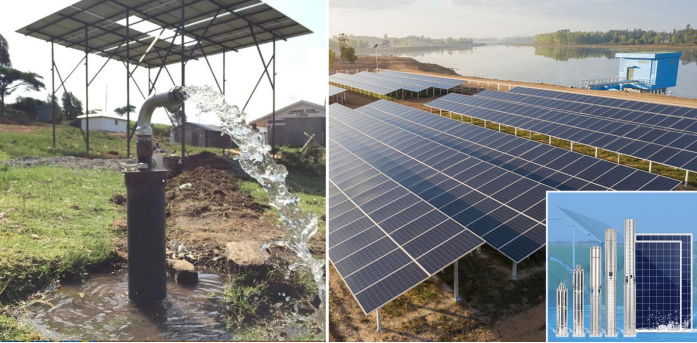 http://www.ranktopsolar.com/product/dc-deep-well-solar-submersible-water-pump
http://www.ranktopsolar.com/product/dc-deep-well-solar-submersible-water-pump
"The drying up of Aral Sea has created a new desert, 'Aralkum' (the Aral Sea Desert) , covering an area of about 5m hectares on the former lake bed, producing about 100m tonnes of toxic salt dust every year, an ecological disaster unprecedented in human history. The resulting desertification, salinization and loss of biodiversity have had serious impacts on the ecological environment, life and health, as well as the social economy of Central Asian countries, and have affected neighbouring regions," Zhang Yuanming, director of the Xinjiang Institute of Ecology and Geography at the Chinese Academy of Sciences, told the Financial Times, dealing with the ecological problems of the Aral Sea, issues that need to be addressed include the mechanisms of salt-dust storms and ecological and environmental protection thresholds, eco-water Security Assessment and risk identification, processes of ecosystem degradation and key drivers, the most important is the restoration of degraded ecosystems and the management of saline-alkali soil.
It is understood that the action plan will set up a dialogue mechanism between leaders of china-central Asian scientific research institutions, jointly build a "Green Aral Sea Innovation and Technology R & D and Demonstration Center", and jointly launch an "International Big Science Plan for ecological governance of the Aral Sea", at the same time, the joint laboratory and field stations should be further strengthened to promote the construction of the platform and strengthen the training of talents, to train a number of scientific and technological personnel in water-saving agriculture, natural resources management, saline-alkali land management, desertification control and other fields for the Central Asian region every year. They hope to promote the sustainable development of regional green energy through a series of green scientific and technological achievements.
The protection and management of the ecological environment has always been an important part of the joint construction of the "Belt and Road". From the 2017"Belt and Road" eco-environmental protection cooperation plan to the Xi'an Declaration of the china-central Asia Summit, which was 2023 in May, and now, with the launch of the action plan for the development of Green Science and Technology in Central Asia, the path for China and Central Asian countries to jointly build Green Belt and Road is becoming clearer and the mechanism more mature, in order to carry out eco-scientific and technological cooperation, jointly deal with the ecological crisis of the Aral Sea, combat desertification and develop renewable energy to constantly inject new momentum.
The 10th anniversary of the "Green Power Belt and Road" has yielded fruitful results
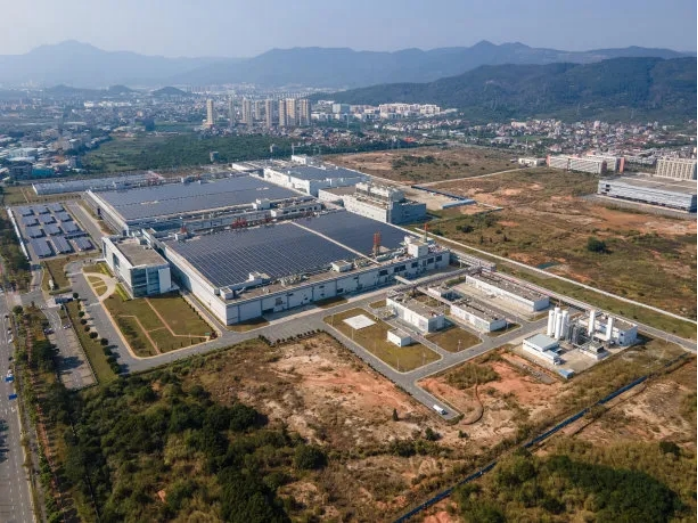
Green energy "Belt and Road" is an important practice of "China's plan and global governance". It has also become a means to implement the global development initiative, the Global Security Initiative and the Global Civilization Initiative, it is an important carrier to construct the community of human and natural life.
"Belt and Road" green energy co-operation is effectively promoting the global energy green low-carbon transition. The world's largest chinese-built solar power plant opened last week in the desert 50km south of Abu Dhabi in the United Arab Emirates. According to the briefing, as one of the most advanced solar power plants in the world, the El Dafra power plant will provide electricity to 160,000 local households after it is put into operation, helping Abu Dhabi to reduce carbon by 2.4 million tons annually, increased the share of clean power system energy in the total energy mix of the UAE by more than 13 per cent.
Chinese companies are also deeply involved in Belt and Road green development. Companies are not only making positive contributions to the co-ordinated economic, social and environmental development of the host country, but also opening up new spaces for Belt and Road cooperation. On the eve of the third "Belt and Road" International Cooperation Forum on October 16, Chinese company Huan Tai Energy and Uzbekistan successfully signed a Power Purchase Agreement (PPA) for 500 MW wind power projects, this is Uzbekistan's first renminbi-denominated power purchase agreement. Our company reduces the cost of solar power generation system, which is conducive to providing more affordable green power and energy-saving power stations to Ukraine, it would be a useful attempt by Chinese companies to push the Internationalization of the renminbi of each sector.
